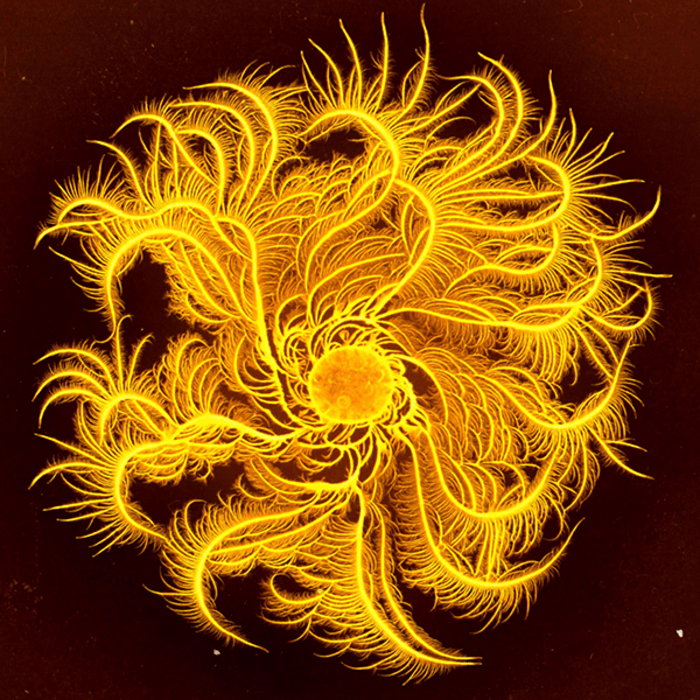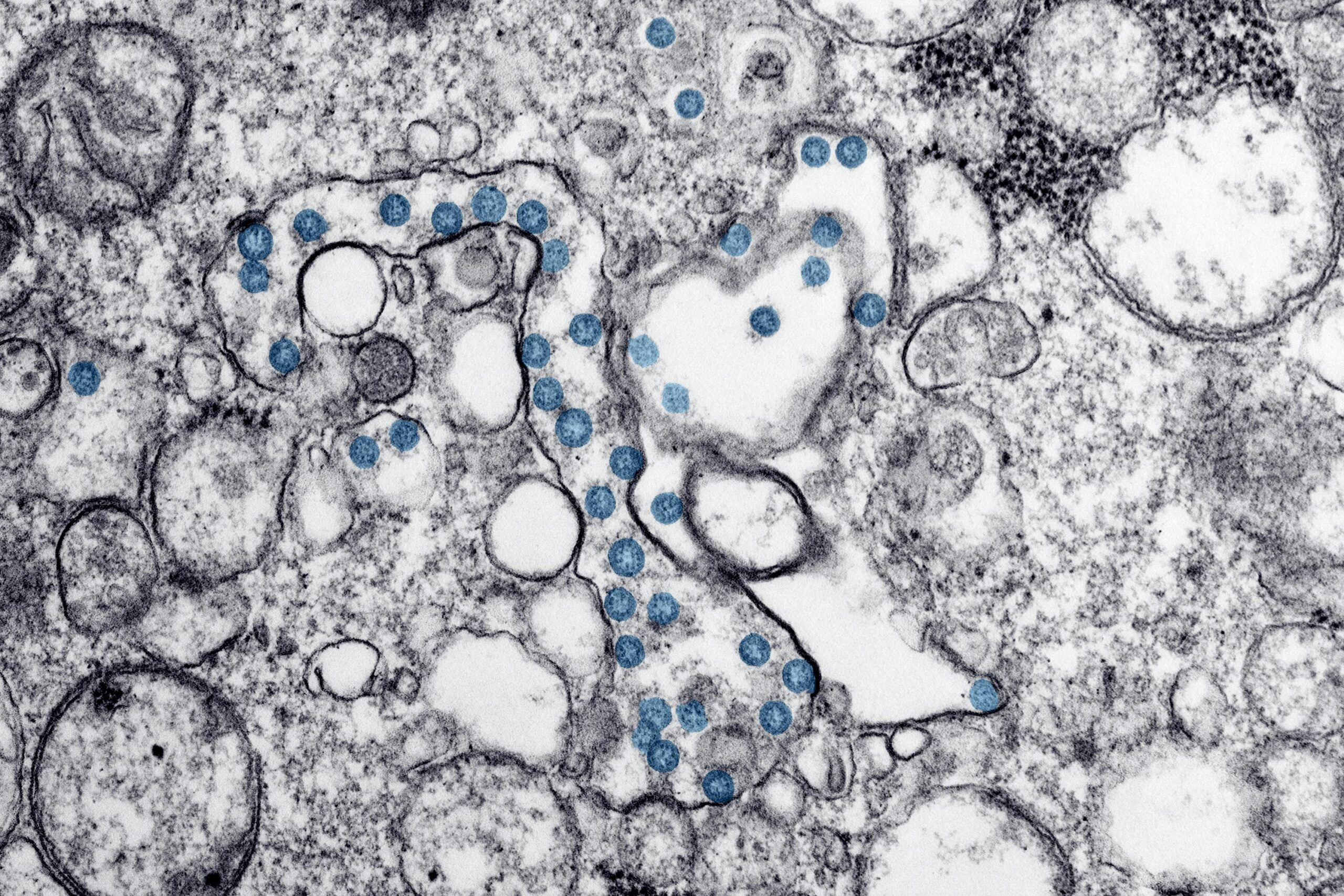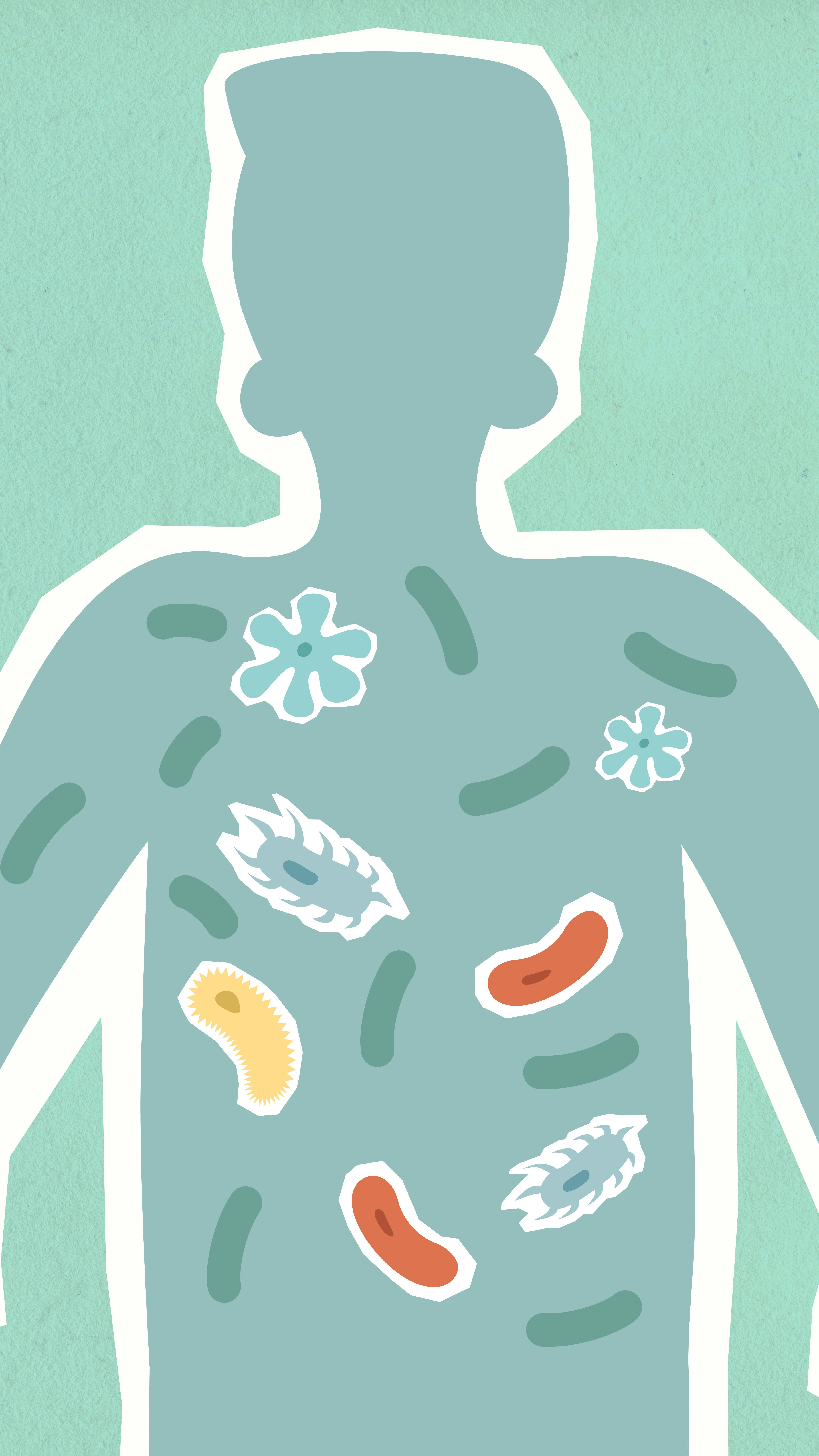Scientists say your residence is ‘alive with molecular and microbial abundance and diversity’ — especially the kitchen and bathroom
A new study reveals humans and microbes change the chemical make-up of homes they share. Researchers from the University of California San Diego School of Medicine say their findings should influence future building designs.
Scientists report that how people interact with their microbial “roommates” changes the home’s biology and chemistry.
“Understanding specifically how our observations that both human and microbial occupants change the chemical makeup of a home should influence building material design to improve human health will require additional studies,” explains Dr. Pieter Dorrestein, co-principle investigator and director of the Collaborative Mass Spectrometry Innovation Center at Skaggs School of Pharmacy and Pharmaceutical Sciences at UC San Diego, in a statement.
Researchers analyzed 45 participants who were involved in the study at an experimental test home in Austin, Texas, during the summer of 2018. The home was designed for ordinary use and included bathrooms, a kitchen, and gathering and work areas — overnight stays were prohibited.
The 45 participants, plus visitors, occupied the house for approximately six hours per day for 26 days, performing scripted activities like cooking, cleaning and socializing.
By swabbing surfaces and conducting different genomic, metabolic and chemical analyses, researchers analyzed the distribution of detectable molecules and microbes throughout the areas. They did this at the beginning of the experiment, dubbed T1. They did the same again 28 days later, dubbing that period as T2.
The house was deep-cleaned with a bleach solution before T1 as researchers found traces of human molecules. After nearly a month of the participants occupying the Texas home, researchers say, the house was “alive with molecular and microbial abundance and diversity, albeit unevenly distributed.”

The molecules researchers found were associated with skin care products, skin cells, prescription drugs, food-derived molecules, human or animal metabolites, amino acids, sugars and microbial metabolites.
Researchers found the kitchen and toilet were “hotspots of molecular and microbial diversity.”
“It appears that, even when a subset of chemistry is removed because of the cleaning, it is only temporary and/or partial, as the sum total of cleaning and human activities overall results in an increase in accumulation of richer chemistry,” the study authors wrote.
Tables, light switches and knobs showed more abundance of molecular and microbial chemistry since those surfaces were routinely touched by people. Floors showed less molecular diversity, while windows, chairs and doors not usually touched by participants displayed the least change in chemical diversity.
Researchers also found then home’s indoor surfaces to be covered with bacteria, fungi and other microbes. When the test period ended, scientists say, less than half of the house’s original microbiome remained, but it accounted from more than 96% of all microbial life counted.
According to the study, people accounted for most of the detected microbiome at T2. The free-living and environment-associated microbes had been cleaned or pushed out by human activities.
“We don’t know exactly how the human-related microbes squeezed out the environmental microbes because there are many ways this could happen, but it’s clear that they do,” says Dr. Rob Knight, study principal investigator and director of the Center for Microbiome Innovation at UC San Diego. “Understanding this phenomenon will be a key goal of future research on the microbiology of the built environment.”
The study was published in the journal Science Advances.











